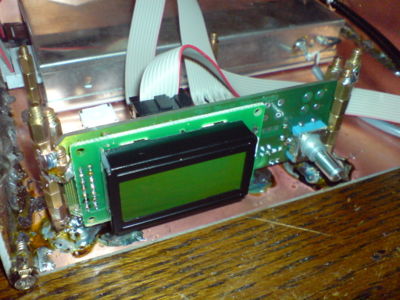Setting up a 70cm AX25 based IP link
The goal of this project is to try out AX25 based IP networking, with the special challenge that the computing endpoints must be very efficient on power consumption. Since I have made good experiences with using ASUS WL-500gP routers operating OpenWRT, this IP link should be based on the same hardware.
Inhaltsverzeichnis
1 Hardware
1.1 DL8RDS side
- ASUS WL-500gP
- TNC2Multi
- (Transceiver still unclear)
1.2 DB0MHB side
- ASUS WL-500gP
- TNC2H
- T7F, 70cm highspeed data transceiver
2 Project phases
2.1 Building suitable cases
In my first attempt to work with ASUS WL-500gP hardware, unfortunately USB connections were destroyed due to excessive soldering temperature. Damn it, the PCB leads are so thin meanwhile, you can't really work with a normal 15 watts soldering iron any more. Since the router at DB0MHB is meant to steer some other radio devices over USB connections, I decided to invest some money in a new board and use the old board with the single USB socket on my side where I won't need to control any special radio hardware.
But given that I have consistent experience with PCB based case building in the meantime, the case for the new router is not so much of a challenge any more. The bigger challenge is to build a case for the T7F. I bought it just as a kit, which means that the core device is just contained in a little box with some pins coming out on the front side. On the pins you would plug the user interface, which again is just an open PCB board with a LCD display and a rotating switch mounted on it. As everything should go into a 15cmx10cmx5cm case and the user interface in front, I was to decide how to mount everything together. A short glance in my computer components assembly box told me that the little spacer mounting screws for mainboards are perfectly siuted to construct a fixing apparatus for the interface board. Here's a picture:
